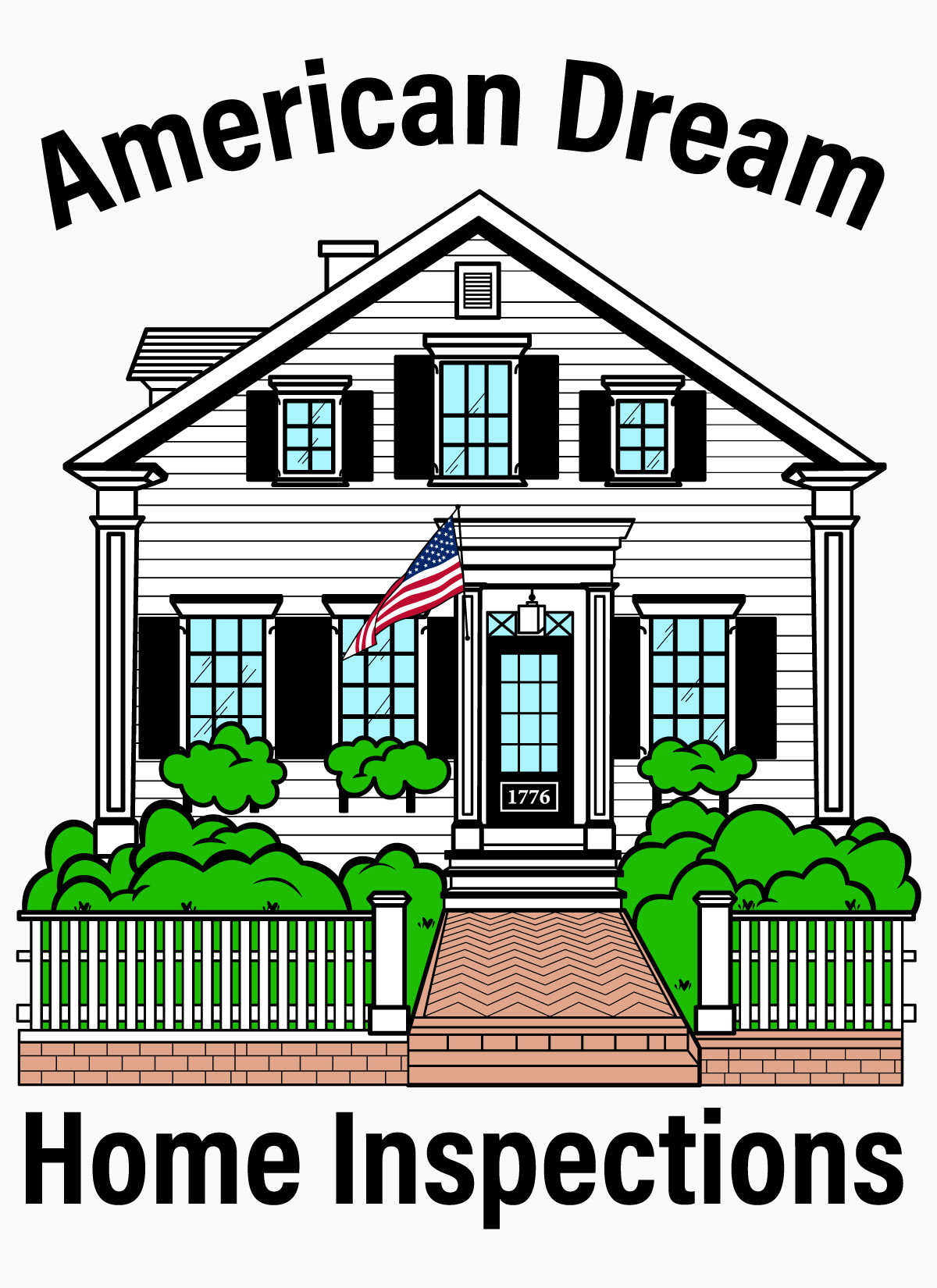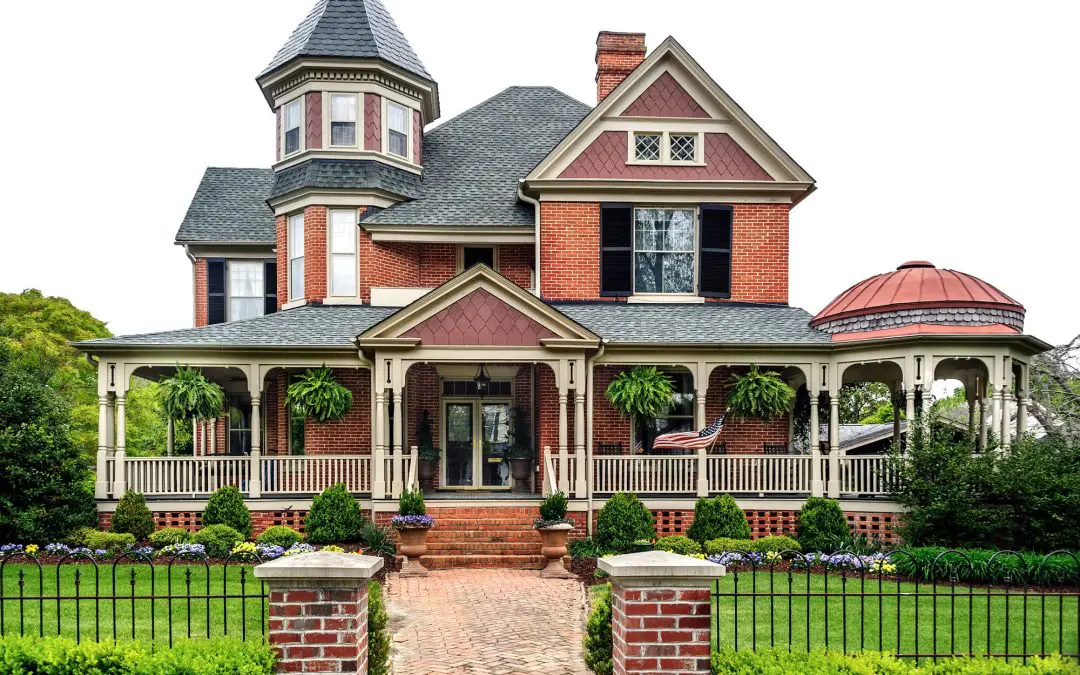Older homes have a lot of charm—original hardwood floors, solid craftsmanship, and plenty of character. But they can also come with surprises, especially when it comes to what’s behind the walls, under the floors, or up in the attic. If you’re buying or living in an older home, it helps to know what issues tend to come up and what they mean for you. Let’s look at some of the more common issues in older homes, so you can feel confident knowing what to watch for and how to handle them.
Common Issues in Older Homes: Electrical Issues
Many older homes still have their original electrical systems, and while they may have worked fine decades ago, they’re often not up to today’s standards. It’s not uncommon to find outdated wiring like knob-and-tube or aluminum wiring in homes built before the 1970s. These systems weren’t designed to handle modern appliances, charging stations, and high-demand electronics.
Sometimes, you’ll also see fuse boxes instead of breaker panels. These systems can be functional but may not be safe or efficient. If lights flicker, breakers trip frequently, or outlets get warm, it’s time to have an electrician take a closer look.
Plumbing Wear and Tear
Pipes don’t last forever. Galvanized steel pipes, which were popular until the 1960s, tend to corrode and clog over time. That can mean reduced water pressure, rusty water, or even leaks that lead to water damage behind walls.
Cast iron drain lines are another common feature in older homes. While durable, they can rust out internally or collapse over time. Signs of trouble include slow drains, foul smells, or water backing up where it shouldn’t. If a home hasn’t had a plumbing update in 50+ years, a professional inspection is worth considering.
Foundation Settling
It’s normal for homes to settle a bit over time, but significant movement can cause problems. Cracks in foundation walls, sticking doors or windows, and sloping floors can be signs that something’s shifted more than it should have.
Older foundations—especially those made of brick, stone, or unreinforced concrete—may also be more vulnerable to moisture intrusion or structural stress. Not every crack is a red flag, but it’s smart to get an experienced opinion if something seems off.
Roof Age and Condition
While an older home can have a perfectly good roof, it is always worth checking out before purchasing. Many older homes have had more than one layer of shingles added over time. While layering shingles might have saved money in the short term, it adds weight and can hide damage underneath.
Look for missing shingles, sagging areas, signs of leaks in the attic, or mold and mildew on ceilings and walls. Roof repairs can be manageable, but replacement may be the only option if the entire structure is past its useful life.
Asbestos and Lead
Two of the more serious materials found in older homes are asbestos and lead. Asbestos was commonly used in insulation, floor tiles, ceiling textures, and even ductwork until the late 1970s, and lead paint was standard before 1978.
Neither material is necessarily dangerous unless it’s disturbed. But if you’re planning any renovations or notice paint peeling or crumbling insulation, it’s important to get the area tested by a certified professional. There are safe ways to handle both, but they shouldn’t be ignored.
Windows and Insulation Issues in Older Homes
Energy efficiency wasn’t much of a focus in the early 20th century. As a result, many older homes have single-pane windows, poor attic insulation, and drafty doors.
That doesn’t mean the house is a money pit, but until you make upgrades, it will cost more to heat and cool. Storm windows, weatherstripping, and attic insulation are all straightforward improvements that make a noticeable difference.
Outdated Heating and Cooling Systems
If the furnace or AC system looks like it belongs in a museum, it might be time to think about replacement. Older systems are less efficient, more expensive to run, and harder to repair when parts wear out.
Boilers and radiators are still common in many historic homes and can work well when maintained. But if you’re not familiar with how they operate—or if the system is original—it’s worth having it checked by a technician who understands older equipment.
FAQs on Issues in Older Homes
Is buying an older home a bad idea?
Not at all. Older homes can offer great value and character, as long as you go in with your eyes open. A thorough home inspection will tell you what you’re dealing with, so there are fewer surprises later.
How can I tell if the electrical system is outdated?
Look for signs like two-prong outlets, a fuse box instead of a breaker panel, or cloth-wrapped wiring. If the home hasn’t had an electrical update in decades, it’s a good idea to have it evaluated by an electrician.
Should I be worried about cracks in the walls or ceiling?
Hairline cracks are often just cosmetic and come from natural settling. Larger cracks, especially if they’re diagonal or around door frames, may indicate foundation movement.
Can I test for lead paint or asbestos myself?
There are DIY test kits, but for accurate results and proper safety it’s best to hire a professional—especially if you plan to disturb any surfaces during remodeling.
How do I make an older home more energy efficient?
Start with sealing gaps, adding attic insulation, and installing storm windows or thermal curtains. Upgrading old HVAC equipment or appliances can also help reduce energy costs over time.
American Dream Home Inspections offers home inspections in Rhode Island and South and Central Massachusetts. Contact us to schedule an appointment today.

